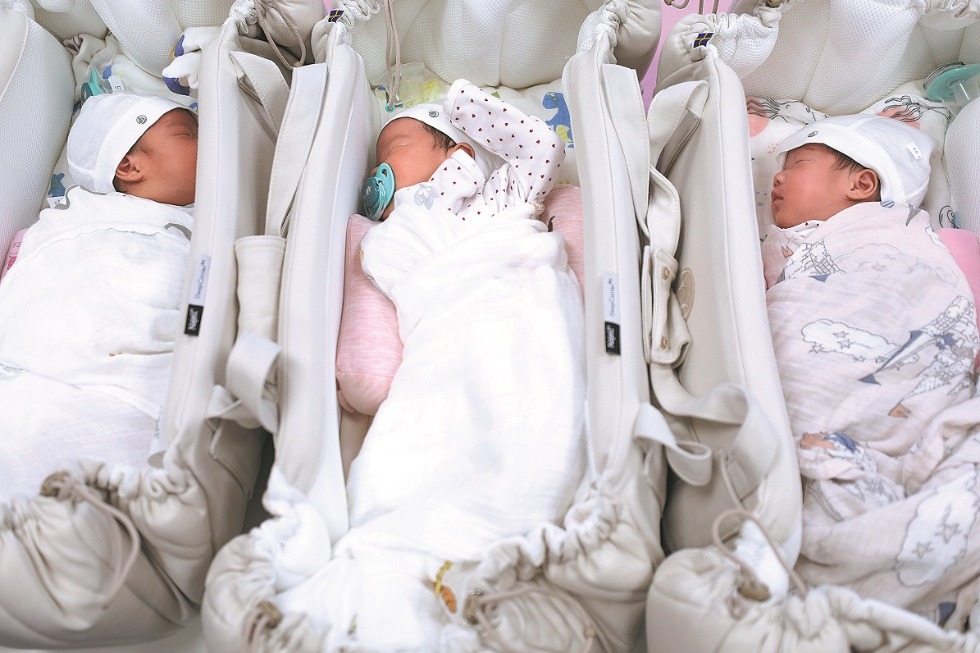Tale of two cities
By Wang Kaihao | China Daily | Updated: 2018-08-25 09:43

Separately, to compliment a Qing Dynasty picture album recording 500 kinds of jobs in old Beijing on display, a Japanese painting from the 19th century showing the different vocations in Edo at the time reflect the city's booming economy.
"One interesting thing is that we find 'monkey men' in both pictures," Zhang says. "This can help us compare forms of public entertainment in the two ancient cities."
"Monkey men" refers to street performers who train monkeys to act as their buddies in shows.
Similarities occur in many other exhibits. For example, the Tu'er Ye (Rabbit God) is a commonly-seen mascot of good fortune in the folk culture of Beijing, and the rabbit god is also an important cultural emblem in Japan.
As is the red-crowned crane. The curator picks out a pair of costumes to illustrate his point: a typical robe worn by high-ranking Qing official in Beijing and a woman's pink kimono. Both have images of cranes on them to convey an auspicious meaning, but their usage also still shows that their specific cultural contexts differ.
























